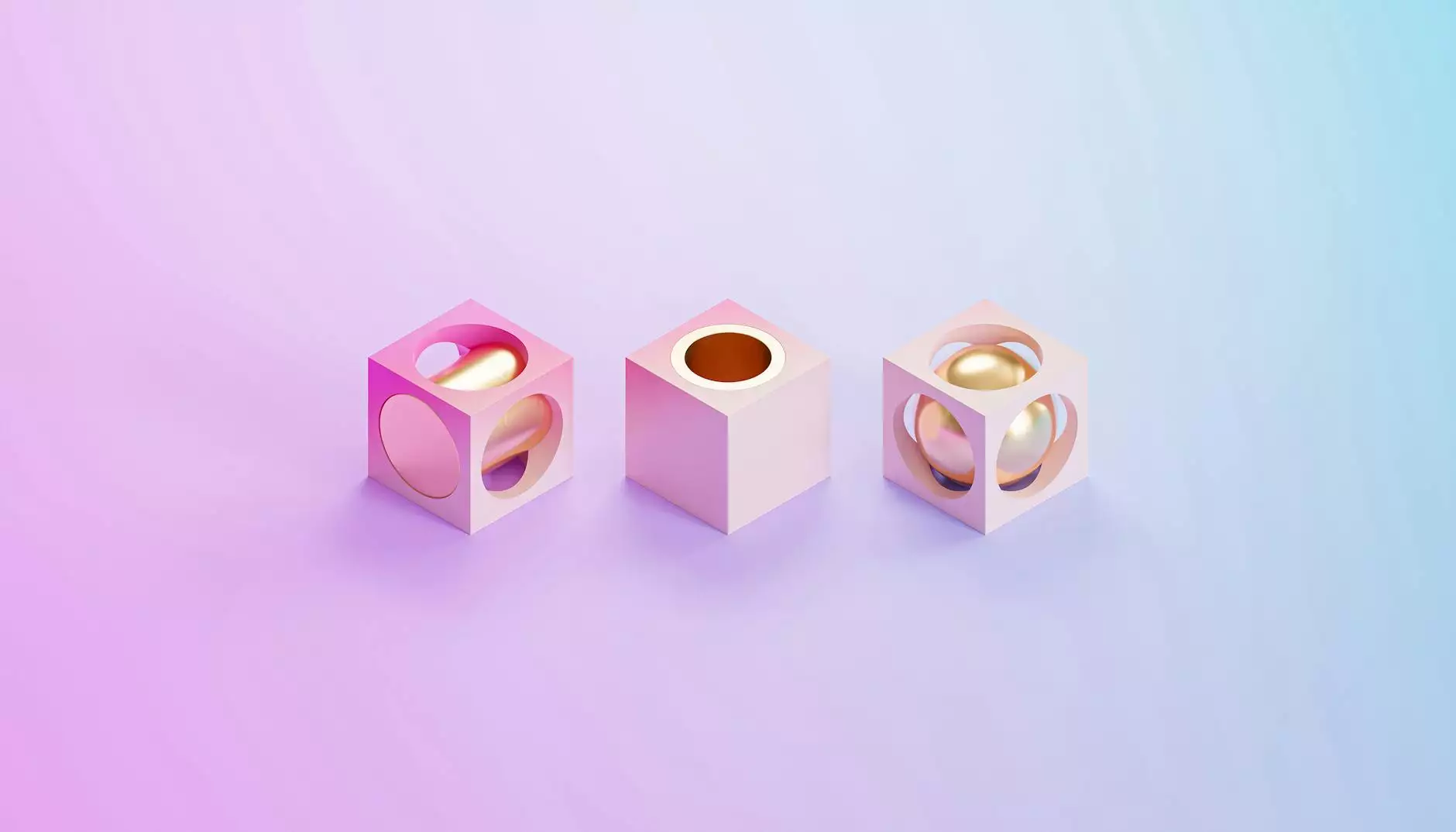The Advantages of 3D Printing and Manufacturing for Metal Fabricators

Introduction
The metal fabrication industry is constantly evolving, and with advancements in technology, new possibilities have emerged. One such innovative technology that has revolutionized the metal fabrication process is 3D printing and manufacturing. In this article, we will explore the various benefits of integrating 3D printing techniques into metal fabrication processes.
Enhanced Design and Prototyping
3D printing offers metal fabricators the ability to create highly intricate designs and prototypes with precision and accuracy. Traditional manufacturing methods often involve complex machining processes and may have limitations in creating intricate designs. With 3D printing, businesses can overcome these limitations and bring their vision to life in a cost-effective manner.
Reduced Costs and Time
Implementing 3D printing in metal fabrication processes can significantly reduce costs and production time. Traditional manufacturing techniques often involve time-consuming set-up processes, expensive tooling, and extensive material waste. By utilizing 3D printing, metal fabricators can minimize these inefficiencies, optimize material usage, and streamline production processes, resulting in cost savings and faster turnaround times.
Flexibility and Customization
One of the key advantages of 3D printing in metal fabrication is the flexibility it offers in creating customized components. Metal fabricators can easily modify designs and adapt them to specific customer requirements without requiring significant changes to tooling or manufacturing processes. This level of customization allows businesses to cater to unique customer demands, providing them with a competitive edge in the market.
Strength and Durability
Contrary to popular belief, 3D-printed metal components can exhibit exceptional strength and durability. Advanced 3D printing techniques, such as Selective Laser Melting (SLM) or Electron Beam Melting (EBM), can produce metal parts with properties comparable to or even superior to traditionally manufactured components. This ensures that functional requirements are met while leveraging the benefits of 3D printing technology.
Improved Efficiency and Resource Optimization
Integrating 3D printing into metal fabrication processes allows for more efficient designs, reducing material waste and optimizing resource usage. By utilizing complex lattice structures and internal geometries, metal fabricators can improve strength-to-weight ratios and reduce material consumption without compromising structural integrity. This optimized resource utilization not only leads to cost savings but also benefits the environment through reduced material waste.
Prototyping and Rapid Iteration
With traditional manufacturing methods, creating prototypes often involves a long and iterative process. Changes to designs can be time-consuming and costly, requiring adjustments to tooling and production processes. 3D printing enables metal fabricators to quickly produce prototypes, allowing for rapid iterations and design improvements. This accelerated prototyping phase enhances the overall product development timeline and ultimately brings products to market faster.
Expanding Design Possibilities
3D printing opens up new dimensions of design possibilities for metal fabricators. The technology enables the creation of complex geometries, intricate patterns, and organic shapes that were previously challenging or impossible to manufacture using traditional techniques. By exploring these unique design possibilities, metal fabricators can innovate and differentiate themselves within the market, attracting new customers and opportunities.
Conclusion
3D printing and manufacturing present numerous advantages and opportunities for metal fabricators. From enhanced design capabilities, reduced costs and time, to increased customization and optimization of resources, this technology is transforming the metal fabrication industry. QuickParts, a leader in metal fabrication services, specializes in leveraging the power of 3D printing to provide high-quality components to its customers. Embracing 3D printing can help metal fabricators stay competitive, reduce production costs, and foster innovation in the ever-evolving manufacturing landscape.









